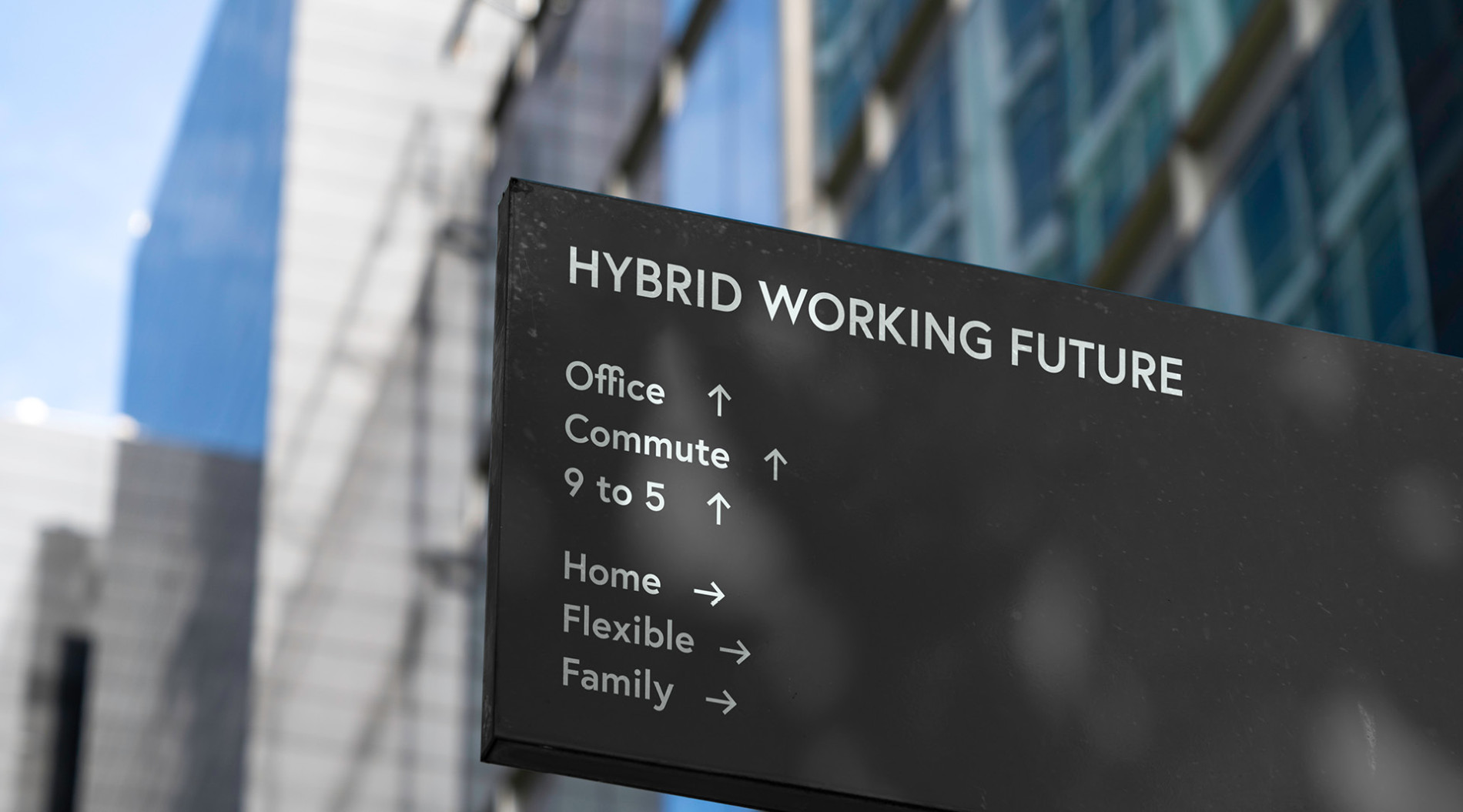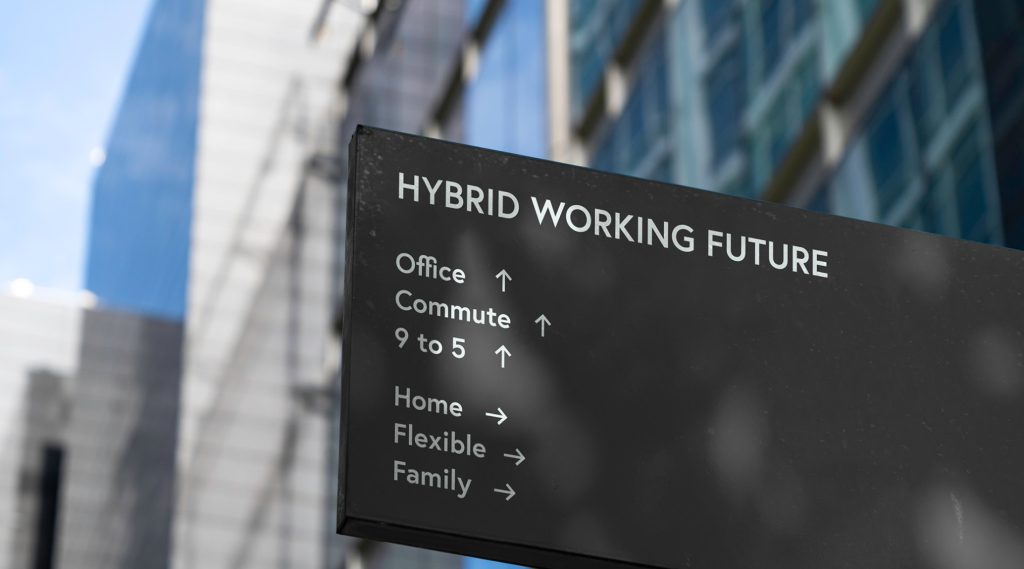Power in Diversity: Effective Strategies for Building Inclusive Leadership
Organisations who build diversity into their leadership teams are not just paying lip service to a woke ideal. They understand that diverse and inclusive leadership leads to improved business performance.
Diversity wins because leaders with differing backgrounds and experiences are able to see the same problem in nonidentical ways and therefore create a variety of possible solutions. At the same time, they are better able to reflect their possibly disparate customers and probably diverse workforce
And the results are out. The latest McKinsey study on diversity, which reviewed 1,039 companies in 15 countries from December 2018 to November 2019, concluded that the business case for inclusion and diversity is stronger than ever. It found that gender diverse companies are now 25% more likely to outperform their peers, while the result for ethnically diverse companies is an astonishing 36% more likely.
It’s therefore worth taking the time to explore why having a diverse leadership team is more important now than ever before.
Understanding the architecture of diversity
Although variety in gender and ethnicity is important, true diversity goes far beyond this. It can also encompass different age groups, recognising that Generation Z, Millennials, Generation X and Baby Boomers all bring unique perspectives, experiences and skills to the workplace. Beyond this, education and professional experience diversity, sexual orientation and gender identification diversity, disability diversity, socioeconomic diversity and religious diversity all have a role to play.
Why diversity in leadership is so important right now
There are numerous compelling reasons why diversity in an organisation’s leaders is currently so beneficial.
Present-day demographics
Against a backdrop of changing demographics, where Australian society has become increasingly diverse in terms of race, gender, ethnicity, age, and other dimensions of identity, a leadership team drawn from different sectors of society is better able to reflect, understand and communicate with the organisation’s customer base and its own workforce.
Globalisation and interconnectedness
In the globalised world of the 21st century, businesses operate across borders and interact with varying cultures and markets. A diverse leadership team with an international outlook and exposure can provide valuable insights and bridge cultural gaps, enabling effective communication, negotiation and relationship-building in different parts of the nation and the world.
Innovation and creativity
Research conducted by global management consulting firm Boston Consulting Group has shown that diverse teams foster greater innovation and creativity. When members of a leadership team have different backgrounds, experiences, and perspectives, they bring a wider range of ideas, knowledge, and problem-solving approaches. They can challenge conventional thinking and avoid the bias and groupthink that can plague an essentially homogeneous leadership body.
Employee engagement
A diverse leadership team sends a powerful message to employees that the organisation values diversity and inclusivity. This, in turn, can lead to increased employee engagement, satisfaction, retention, productivity and loyalty. A Harvard Business Review article reveals that what leaders say and do makes up to a 70% difference as to whether individuals report feeling included.
Business reputation
In today’s socially conscious environment, customers, investors, employees and other stakeholders expect businesses to demonstrate a commitment to diversity and inclusion. A diverse leadership team signals that the organisation values fairness, equality, and the voices of all individuals. This can enhance the company’s image, attract a broader customer base, and promote beneficial brand associations.
How to identify current levels of diversity in your organisation’s leadership
Identifying existing levels of diversity in leadership and the overall organisation requires a systematic approach that involves gathering relevant data and conducting a comprehensive analysis. The suggested steps are:
- Data collection. Review employee records, organisational charts and demographic information covering various dimensions of diversity.
- Analysis. Examine the demographic data of leadership and different levels in the entire organisation to calculate the percentages from diverse groups.
- Evaluation. Use surveys, focus groups or interviews to assess the level of inclusion and engagement in your diverse workforce.
- Identify gaps and challenges. Based on the analysis and evaluation, identify areas where representation is lacking or where certain groups may face barriers to advancement or inclusion.
This process will form the basis for inclusive and diverse recruitment and retention strategies, with a focus on senior personnel.
Recruitment strategies for diversity in leadership
Recruiting for leadership diversity starts with exploring a wider talent pool by broadening candidate sourcing. This could involve partnering with professional organisations and investigating diversity-focused job boards. Also consider engaging with diverse communities, attending career fairs, and building relationships with educational institutions that have diverse student populations.
Next, aim to eliminate bias in the recruitment process. Try to produce unbiased job descriptions and requirement lists, focusing on essential qualifications and skills and gender-neutral language, rather than exclusionary criteria that may inadvertently deter diverse candidates. Go even further by anonymising job applications, training recruiters and hiring managers to avoid unconscious bias, and ensuring that interview panels are composed of diverse members.
Ways to retain and promote diverse leadership talent
The diversity strategy does not conclude once you have hired your leaders or future leaders. You need to retain and develop them by cultivating a culture of inclusivity and equity throughout the organisation. This could include specialised leadership and career progression programs, and targeted mentoring designed to encourage and advance employees from diverse backgrounds.
Ensure that diverse leaders receive the recognition and visibility they deserve for their contributions. Highlight their achievements, skills, and expertise within the organisation and externally, both through internal communications and via their participation in professional associations or conferences.
Additionally, offering flexible working arrangements will help to accommodate a diverse workforce with a variety of lifestyles or family and caring commitments.
How to measure and maintain progress in leadership diversity
Working out how far you’ve travelled on the diversity journey requires a systematic approach.
Firstly, identify your key diversity metrics, which may include representation by gender, race/ethnicity, age, disability, and other relevant dimensions of diversity. Decide how you will measure and track these metrics, perhaps through self-identification or surveys of senior employees.
Second, define measurable and achievable goals for increasing diversity in leadership, such as target percentages of diverse leaders in key positions. Incorporate diversity and inclusion goals into succession planning and internal promotions.
Periodically review and analyse the data to assess progress and identify trends or problem areas. Based on the data and feedback, refine diversity strategies and initiatives as needed, because continuous commitment and iteration, starting at the very top of the organisation, are vital to success.
Aiming for diverse leadership is a winning strategy
Extensive research has proved that diverse organisations – and especially those with diverse leaders – outperform their competitors in innovation and profitability. These companies understand that diversity has many forms, and that it can make a significant contribution to employee engagement and customer satisfaction in a globalised world.
Now is the time to identify your organisation’s current levels of leadership diversity and inclusivity, so that you can implement diverse recruitment policies, retain diverse leadership talent, and maintain progress in leadership diversity.
The team at Adecco understands the importance of leadership diversity. Contact us today to have a chat about your recruitment needs.











